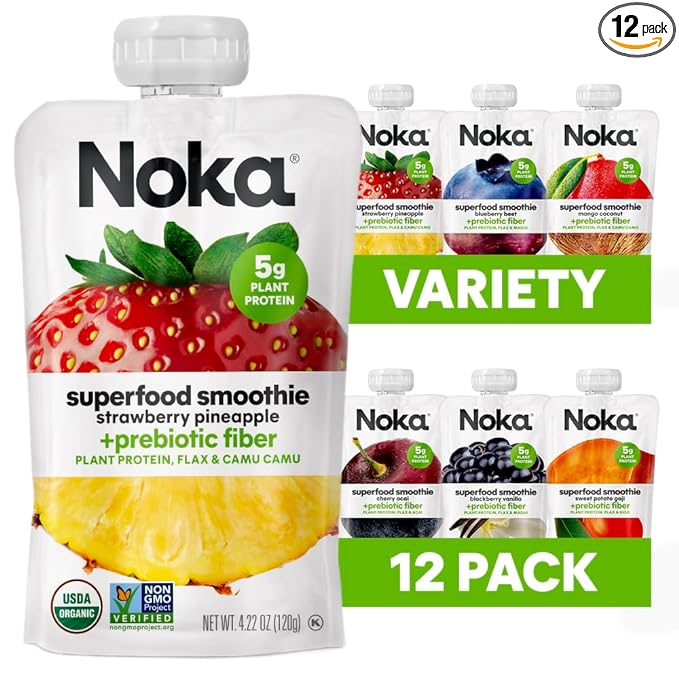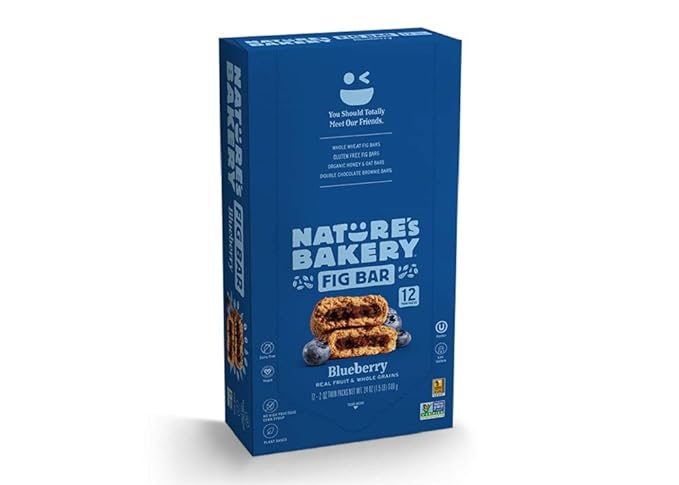
Benefits of Porridge for Weight Loss
Porridge is an excellent choice for weight loss due to its numerous benefits, including:
- High fiber content: Porridge is rich in fiber, which aids in digestion, prevents constipation, and keeps you feeling full for longer periods.
- Low-calorie count: Porridge is relatively low in calories, making it an ideal breakfast choice for weight loss. A single serving of plain porridge typically contains less than 200 calories.
- Keeps you full for longer: Porridge is a filling breakfast option that can help curb your appetite and reduce the likelihood of snacking between meals.
- Slow release of energy: The slow release of energy from porridge can help regulate your blood sugar levels, preventing spikes and crashes that can lead to overeating.
- Regulates blood sugar levels: The high fiber content in porridge can help regulate blood sugar levels by slowing down the absorption of glucose in the bloodstream.
- Helps to reduce cholesterol levels: The beta-glucan fiber in oats, a common ingredient in porridge, has been shown to help reduce LDL (bad) cholesterol levels and improve heart health.
Types of Porridge for Weight Loss
Several types of porridge are great for weight loss, including:
- Oatmeal: Oatmeal is a classic porridge option that is rich in fiber and protein. Several types of oats can be used to make porridge, including steel-cut oats, rolled oats, and instant oats.
- Steel-cut oats: Also known as Irish oats, steel-cut oats are the least processed type of oat and take longer to cook. They have a chewy surface and nutty flavor.
- Rolled oats: Rolled oats, also known as old-fashioned oats, are steamed and flattened during processing, resulting in a quicker cooking time. They have a gentler surface and gentle flavor.
- Instant oats: Instant oats are pre-cooked and processed to reduce cooking time even further. They have a softer texture than other types of oats and are often flavored with sugar and other additives.
- Quinoa porridge: Quinoa is a high-protein grain that can be used to make a delicious and nutritious porridge. It is gluten-free and has a nutty flavor that pairs well with fruit and nuts.
- Buckwheat porridge: Buckwheat is a seed that is often used as a grain substitute due to its high protein and fiber content. It has a nutty flavor and can be used to make delicious porridge.
- Millet porridge: Millet is a gluten-free grain that is high in fiber and protein. It has a mild flavor and can be used to make delicious porridge.
- Brown rice porridge: Brown rice is a whole grain that is rich in fiber and essential nutrients. It can be used to make a hearty and filling porridge that pairs well with fruit and nuts.

Tips for Making Porridge for Weight Loss
Sure, here are some tips for making porridge that can aid in weight loss:
Use water instead of milk: Using water instead of milk can significantly reduce the calorie and fat content of your porridge. If you prefer a creamier texture, you can add a small amount of low-fat milk or a plant-based milk alternative like almond milk.
Add fruit or nuts for flavor and extra fiber: Adding fresh fruit like berries or sliced bananas and a handful of nuts like almonds or walnuts can make your porridge more filling and provide additional fiber, vitamins, and minerals.
Limit the number of sweeteners: Sweeteners like sugar or syrup can quickly add up the calorie count in your porridge. Try to limit the number of sweeteners you use, or use a natural sweetener like honey or maple syrup in moderation.
Use natural sweeteners like honey or maple syrup: If you do need to add sweetness to your porridge, consider using natural sweeteners like honey or maple syrup instead of processed sugar. These options are still high in sugar, so it's important to use them sparingly.
By following these tips, you can create a delicious and nutritious bowl of porridge that can aid in weight loss and support a healthy diet.
Best Time to Eat Porridge for Weight Loss
Porridge can be a healthy option for weight loss when consumed at the right time. Here are some suggestions for the best time to eat porridge for weight loss:
Breakfast: Eating porridge for breakfast can be a great way to start your day. Porridge is a low glycemic index food, which means it helps keep your blood sugar levels stable, and keeps you feeling fuller for longer. This can assist with forestalling gorging and eating later in the day.
As a snack: Porridge can also be a healthy snack option. If you feel hungry between meals, a small serving of porridge can help curb your appetite and prevent you from reaching for unhealthy snacks.
Before a workout: Eating porridge before a workout can provide you with the necessary energy to sustain your workout. Porridge is a good source of carbohydrates, which is the body's preferred source of energy during exercise.
As a dinner option: Porridge can also be a good dinner option, especially if you are trying to lose weight. Eating a low-calorie dinner can help you create a calorie deficit, which is essential for weight loss. However, it is important to ensure that your porridge contains a balance of nutrients and not just carbohydrates, so you may want to add some protein or healthy fats to your porridge.
In summary, porridge can be a healthy option for weight loss when consumed at the right time, such as for breakfast, as a snack, before a workout, or as a balanced dinner option.

How to Incorporate Porridge into Your Diet
Porridge is a healthy and versatile food that can be easily incorporated into your diet. Here are far to do all things considered:
Replace sugary cereals with porridge: Instead of starting your day with sugary cereals, switch to porridge. Porridge is a low glycemic index food that provides sustained energy, keeping you feeling full and satisfied for longer.
Experiment with different porridge recipes: Don't limit yourself to plain oatmeal. Try different types of grains, like quinoa or rice, and experiment with flavorings like cinnamon, honey, or nut butter. You can also add different fruits or nuts to your porridge for added nutrition and texture.
Make porridge ahead of time for a quick and easy breakfast option: If you're short on time in the morning, make a big batch of porridge at the start of the week and store it in the fridge. In the morning, simply reheat a portion and add your favorite toppings.
Use porridge as a base for healthy toppings like fresh fruit and nuts: Porridge is a great base for adding healthy toppings like fresh berries, bananas, chopped nuts, or seeds. These toppings add flavor, texture, and nutrition to your porridge.
Incorporating porridge into your diet is easy and can help you maintain a healthy weight and improve your overall health. Try out these tips and experiment with different recipes to find the ones that work best for you.
Common Mistakes When Making Porridge for Weight Loss
Porridge is a healthy and nutritious food that can aid in weight loss, but there are some common mistakes to avoid when making it. Here are a few of them:
Adding too much sugar or sweeteners: One of the biggest mistakes people make when making porridge for weight loss is adding too much sugar or sweeteners. This can significantly increase the calorie count of your porridge and reduce its weight-loss benefits. Instead, try adding natural sweeteners like fruits or a drizzle of honey in moderation.
Using full-fat milk instead of water: Another common mistake is using full-fat milk instead of water when making porridge. Full-fat milk is high in calories and fat, which can hinder weight loss efforts. Instead, opt for low-fat milk or water to cook your porridge.
Overcooking the porridge: Overcooking porridge can result in a stodgy and unappetizing texture. It's best to follow the cooking instructions on the packaging or recipe and cook the porridge just until it reaches the desired consistency.
Not measuring the portion sizes correctly: It's important to measure your portion sizes accurately when making porridge for weight loss. Eating too much porridge, even if it's healthy, can result in excess calorie intake and hinder weight loss efforts. Use measuring cups or a kitchen scale to measure out the correct portion sizes.
By avoiding these common mistakes, you can make porridge that is nutritious, and delicious, and helps you achieve your weight loss goals.

Conclusion
FAQs
- Is porridge good for weight loss? Yes, porridge is an excellent breakfast option for weight loss. It is low in calories, high in fiber, and keeps you full for longer, reducing your overall calorie intake throughout the day.
- What type of porridge is best for weight loss? The best type of porridge for weight loss is a plain, unsweetened porridge made with water or skim milk. Avoid adding sugar or honey, which will increase the calorie count, and instead sweeten it with fresh fruits like berries or sliced bananas.
- When is the best time to eat porridge for weight loss? It's best to eat porridge for breakfast as it provides sustained energy throughout the day and helps you avoid unhealthy snacking. You can also have it as a mid-morning or mid-afternoon snack to keep your hunger at bay.
- Can I eat porridge every day for weight loss? Yes, you can eat porridge every day for weight loss. As long as you keep the calorie count in check and don't add too much sugar or fat, porridge can be a healthy and satisfying meal option.
- Can porridge help me lose belly fat? Porridge alone cannot help you lose belly fat, but it can be part of a balanced and healthy diet that includes regular exercise. Eating porridge as part of a calorie-controlled diet can help reduce overall body fat, including belly fat.






